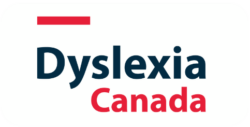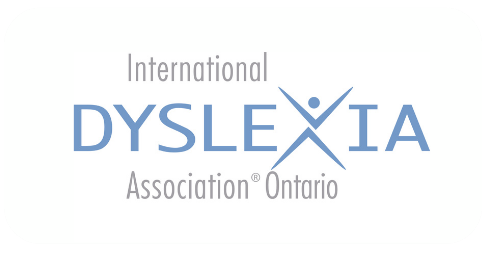Structured Literacy Infographic
This infographic provides a comprehensive visual guide to structured literacy, an evidence-based approach to teaching language and literacy. By illustrating both the « how » and « what » of structured literacy, the infographic serves as a valuable resource for educators committed to fostering strong foundational literacy skills in all learners. To support printing, there is both a dark…



